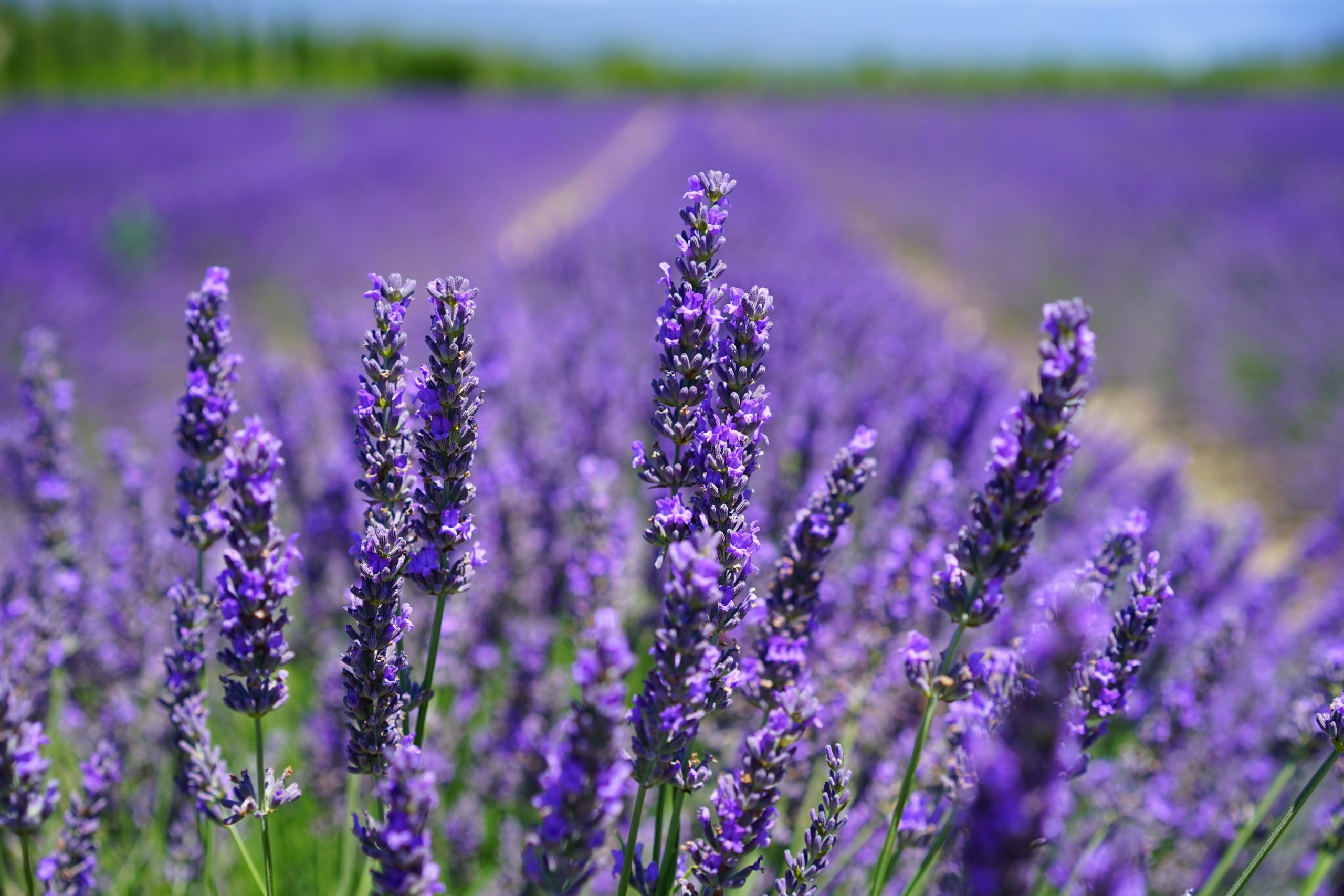Lavender, jewel of Provence
Lavender, the symbol of Provence par excellence, has been cultivated for centuries in the heart of the Mediterranean basin. It was in 1753 that the Swedish naturalist Carl von Linné mentioned it for the first time.
France is now the second largest producer of this bee plant.
True lavender grows from 1200 m, on the sunny slopes of the mountain. The quality of this flower is said to increase with altitude.
The regions of Vaucluse and Drôme Provençale alone represent the strongholds of production. Its harvest is practiced before the opening of the flower from the end of July to the end of August.

Lavender harvest
True lavender grows from 1200 m, on the sunny slopes of the mountain. The quality of this flower is said to increase with altitude.
The regions of Vaucluse and Drôme Provençale alone represent the strongholds of production. Its harvest is practiced before the opening of the flower from the end of July to the end of August.

Lavender offers multiple uses
Its Latin etymology reminds us that very early on it was used to refresh laundry, it is also found in the pharmacological field for its antiseptic and calming properties. Finally, it occupies a prominent place in the perfumery sector. Even more surprisingly, it is available in the kitchen by being deployed in ice creams, creams and infusions.
Since the 1980s, lavender producers have had to deal with a serious health problem: Stolbur phytoplasma dieback, a disease responsible for plant mortality and many early uprooting of plots. Plots heavily affected by the disease are less and less productive and producers are forced to uproot them after three or four years in the most serious cases, instead of the traditional 10 or even 15 years. Plant mortalities have worsened since the early 2000s, certainly due to an increase in vector insect pressure (the leafhopper H. obsoletus) and difficult climatic episodes.

Lavender decline: a scourge since the 1980s
Depuis les années 80, les producteurs de lavandes doivent faire face à un grave problème sanitaire : le dépérissement à phytoplasme du Stolbur, maladie responsable de mortalités de plants et de nombreux arrachages précoces de parcelles. Les parcelles fortement touchées par la maladie sont de moins en moins productives et les producteurs sont contraints de les arracher au bout de trois ou quatre ans dans les cas les plus graves, au lieu de 10 voire 15 ans traditionnellement. Les mortalités de plants se sont aggravées depuis le début des années 2000, certainement à cause d’une augmentation de la pression en insecte vecteur (la cicadelle H. obsoletus) et d’épisodes climatiques difficiles.

Le fonds de sauvegarde de la Lavande en Provence
Maison Brémond 1830 actively supports the “Save Lavender in Provence fund” by offering 100% Provence solidarity products such as the lavender cushion or the lavender rope soap. For each sale, 20 euro cents of these products are donated to the “Sauvegarde du Patrimoine Lavandes en Provence” endowment fund.


